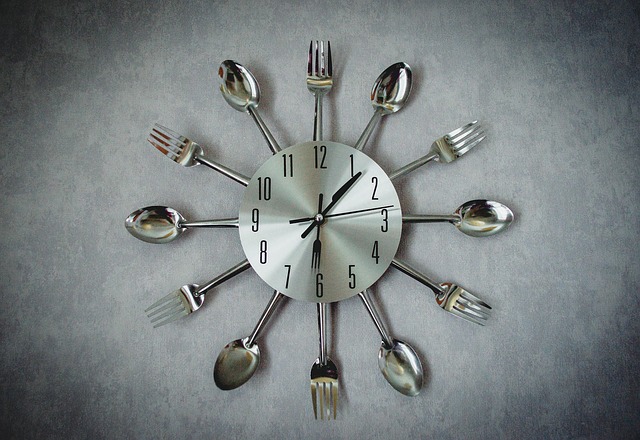In today's compact living trend, repurposing indoor furniture for outdoor spaces offers a creative and sustainable solution to maximize limited areas. Repurposed furniture adds aesthetic appeal and eco-friendliness, enabling homeowners to create unique outdoor environments reflecting personal style. Simple modifications extend the lifespan of existing items, offer functionality, and visual impact in compact spaces. Incorporating repurposed furniture for outdoors transforms these areas into distinctive, stylish oases with minimal environmental impact, contributing to a circular economy.
In today’s compact living trends, designing outdoor spaces with efficiency and style is paramount. This article guides you through transforming your small outdoor areas into vibrant oases using fewer but impactful pieces. Discover the potential of repurposed furniture for outdoors, exploring creative ways to enhance your environment. Learn strategies for maximizing space, choosing key decor items, and embracing sustainable practices through eco-friendly repurposed furniture ideas. Get inspired to create a unique and functional outdoor retreat.
- Repurposed Furniture: A Creative Approach to Outdoor Spaces
- – Explore the potential of repurposing furniture for outdoor use
- – Discuss unique and stylish ways to incorporate repurposed pieces
- Maximizing Compact Spaces with Multifunctional Designs
Repurposed Furniture: A Creative Approach to Outdoor Spaces
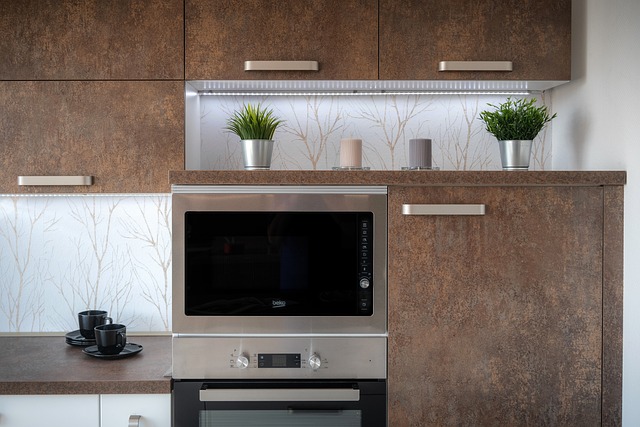
In the quest for designing compact outdoor spaces, repurposed furniture emerges as a creative and sustainable solution. This approach allows for unique, personalized areas while minimizing environmental impact by giving new life to discarded pieces. Old farm tables, vintage chests, or even upcycled patio chairs can transform a small balcony or courtyard into an inviting oasis. With a bit of imagination, these pieces can be seamlessly integrated, offering both functionality and character.
Repurposed furniture for outdoors adds texture and warmth, bridging the gap between indoor comfort and outdoor allure. Its versatility enables it to serve as seating, storage, or even as a dining table, enhancing the overall ambiance without overwhelming the space. This creative approach not only saves money but also contributes to a circular economy by reducing waste and promoting unique design aesthetics.
– Explore the potential of repurposing furniture for outdoor use
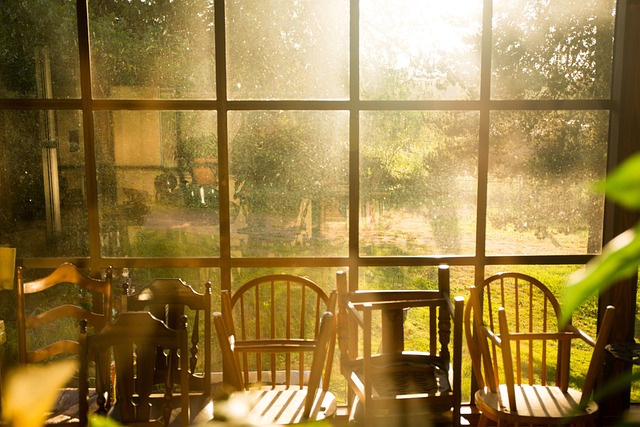
In today’s compact living trends, repurposing furniture for outdoor spaces offers a creative and sustainable solution to maximize limited areas. Many indoor pieces can find new life as weather-resistant essentials outdoors, from transforming a vintage side table into a quirky garden accent to using an old bookshelf as a vertical planter or storage unit on a patio. Repurposed furniture not only adds aesthetic appeal but also contributes to a more eco-friendly approach by extending the lifespan of existing items and reducing the demand for new purchases.
This versatile strategy allows homeowners to create unique outdoor environments with pieces that reflect their personal style. Whether it’s a cozy bistro set made from upcycled chairs or a vertical garden wall crafted from reclaimed wood, repurposed furniture offers an opportunity to blend indoor-outdoor living seamlessly. Additionally, these creative transformations can often be accomplished with simple modifications, ensuring both functionality and visual impact in compact spaces.
– Discuss unique and stylish ways to incorporate repurposed pieces
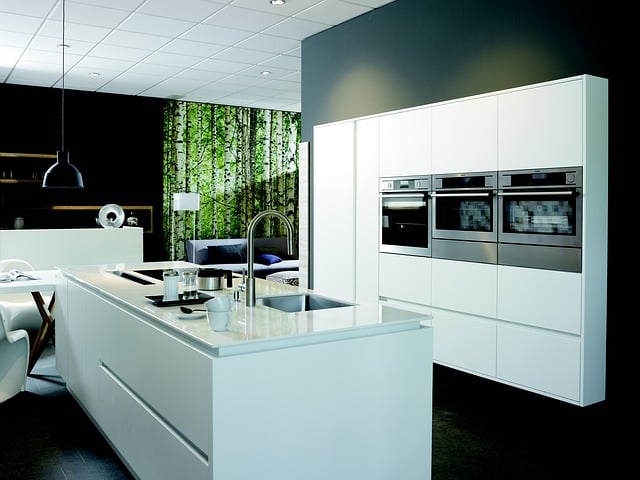
Incorporating repurposed pieces into compact outdoor spaces offers a unique and stylish approach to design, adding character while minimizing environmental impact. Think old wooden crates transformed into stylish seating areas or a vintage window turned into a charming plant planter—these are not just functional additions but artistic statements. Repurposed furniture for outdoors can range from simple transformations like upcycling a former pantry cabinet into a cozy corner dining set to more creative uses such as crafting a headboard from reclaimed wood for an instant focal point.
This sustainable design philosophy not only reduces waste but also encourages creativity, allowing you to craft your compact outdoor oasis with distinct personality. By embracing repurposed pieces, you contribute to a circular economy, ensuring that old items find new life in your space while adding a touch of one-of-a-kind charm to your outdoor decor.
Maximizing Compact Spaces with Multifunctional Designs
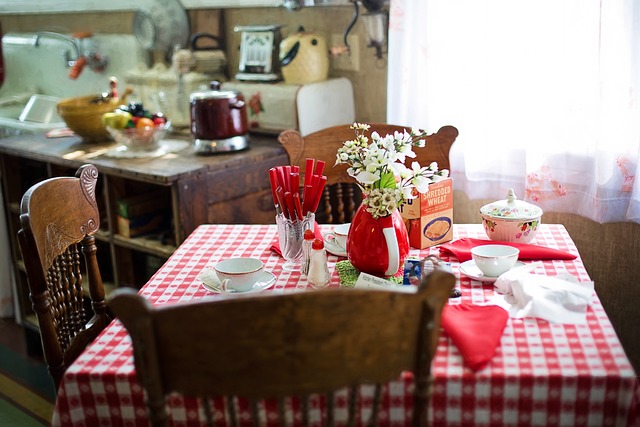
In compact spaces, every inch counts. One effective strategy to maximize these areas is through multifunctional designs. Repurposed furniture for outdoors, such as transforming a bench into a worktable or using a cot as a bed and extra seating, can help save space while adding functionality. This approach not only reduces the number of items needed but also ensures that each piece serves multiple purposes, creating a dynamic and versatile environment.
By integrating creative storage solutions like foldable shelves or under-bed compartments, you can further enhance compact spaces. These clever additions allow for efficient utilization of vertical areas, ensuring that even limited square footage feels open and inviting. Repurposed furniture for outdoors and strategic storage design work in harmony to transform tight corners into functional zones, making the most of every element within the space.
In designing compact spaces, especially for outdoor areas, a strategic blend of creativity and practicality is key. Repurposed furniture for outdoors offers an eco-friendly and aesthetically pleasing solution by transforming existing pieces into unique, tailored additions. By maximizing multifunctional designs, every element contributes to the overall ambiance, ensuring limited but impactful results. Embracing these strategies not only conserves resources but also creates dynamic, charming outdoor environments that seamlessly blend form and function.
